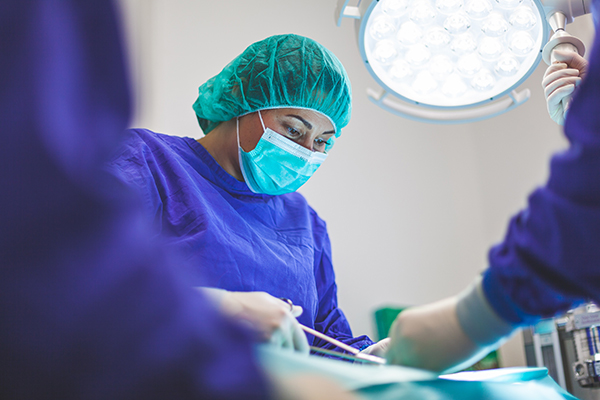[vc_row css_animation=”” row_type=”row” use_row_as_full_screen_section=”no” type=”full_width” angled_section=”no” text_align=”left” background_image_as_pattern=”without_pattern”][vc_column width=”1/2″][vc_single_image image=”2912″ img_size=”full” alignment=”center” qode_css_animation=”element_from_left”][vc_empty_space][/vc_column][vc_column width=”1/2″][vc_column_text]Although the word laparoscopic sounds super complex, its meaning is simple. The term laparoscopic refers to surgical techniques that are “minimally invasive.” These techniques have been developed over the past two decades and continue to advance.[/vc_column_text][/vc_column][/vc_row][vc_row css_animation=”” row_type=”row” use_row_as_full_screen_section=”no” type=”full_width” angled_section=”no” text_align=”left” background_image_as_pattern=”without_pattern”][vc_column][vc_empty_space height=”20px”][vc_column_text]When the medical community refers to “minimally invasive” surgery, they are using that term as a benchmark in comparison to open surgery. In traditional, “open” surgery, large incisions are made using a scalpel which result in painful, long recovery periods and have a higher chance for infection. These incisions are on average 6 inches in length and provide direct contact between the physician and the abdominal or pelvic cavity where the surgery is taking place.
In contrast, laparoscopic techniques allow surgeons to make tiny incisions that are about ¼ of an inch. These incisions are made with the guidance of a telescope and a camera called a laparoscope. The physician is then able to see what the camera is looking at on a large external monitor. On a simplistic level, it is similar to a technological video game. Laparoscopic surgery requires extremely precise hand-eye coordination. Because of this, surgeons who decide to pursue specialties utilizing laparoscopic techniques must complete an additional two year fellowship after their surgical residency.
There are several advantages to using laparoscopic techniques versus traditional surgery:
- Chances of complications decrease, including infection.
- With smaller incisions used, this decreases the amount of pain patients experience post-surgery.
- With less pain, patients need less medication post-op
- There is less scarring with laparoscopic procedures.
- Patients resume normal activities quicker because they experience less pain.
- Hospital stay can be as short as same day discharge.
With his post-residency training in laparoscopic surgery, Dr. Nguyen only uses minimally invasive techniques for his surgical and non-surgical weight loss solutions. [/vc_column_text][vc_empty_space][vc_column_text]Read more about Lifetime Surgical’s minimally invasive procedures here.[/vc_column_text][vc_empty_space][/vc_column][/vc_row][vc_row css_animation=”” row_type=”row” use_row_as_full_screen_section=”no” type=”full_width” angled_section=”no” text_align=”left” background_image_as_pattern=”without_pattern” css=”.vc_custom_1584336544880{background-color: #f3f3f3 !important;}” z_index=””][vc_column][vc_empty_space][vc_column_text]
To learn more about minimally invasive weight loss surgeries, call our office for your initial consultation: 408-358-1855
[/vc_column_text][vc_empty_space][/vc_column][/vc_row]


Recent Comments